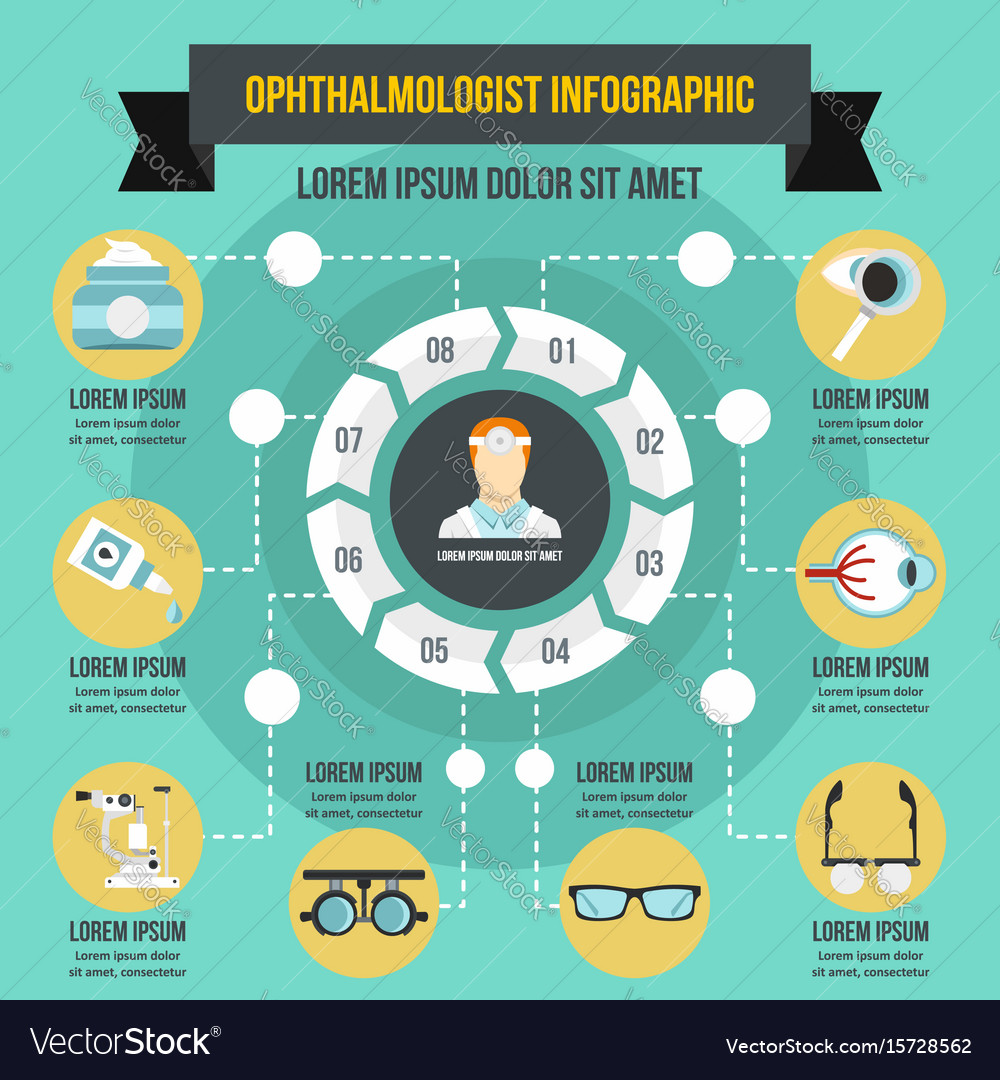Every Little Thing You Required To Know About Astigmatism - A Comprehensive Overview

Content written by-Bentzen Mejer
A typical eye has a smooth cornea and also lens that help focus light rays greatly on the retina. Astigmatism occurs when those features are not formed correctly.
You can not tell if you have astigmatism by searching in the mirror, but your eye doctor can evaluate for it during a detailed eye exam. They will certainly utilize a tool called a phoropter to slide numerous lenses in front of your eyes.
What Is Astigmatism?
Astigmatism is an usual eye condition that can cause fuzzy vision. Transplant happens when the cornea or lens has an uneven shape, which causes light to flex in a different way when going into the eye. https://www.healthline.com/health/eye-health/lasik-for-astigmatism develops a blurred photo on the retina at the back of the eye. Spectacles or contact lenses can fix this blurriness, as well as they might additionally help in reducing scrunching up your eyes and also headaches. Youngsters with mild astigmatism commonly do not have signs and may not require therapy, although they should have regular eye tests.
If left unattended, astigmatism can result in problems like careless eyes (amblyopia), eye strain, or migraines. Thankfully, it is generally very easy to treat with prescription eyeglasses or get in touch with lenses, or refractive surgery. Throughout the laser-assisted sitting keratomileusis (LASIK) procedure, for example, the specialist raises a thin flap on the cornea and also utilizes a laser to improve it. These procedures are very risk-free and have a high success price. However, they do lug some dangers, and you must talk to your physician prior to making a decision whether surgery is right for you.
What Are the Signs of Astigmatism?
The cornea and lens of your eyeball collaborate to refract light rays, sending them to the retina at the rear of the eye. If these frameworks have an uneven form, astigmatism can create blurred or wavy vision. In light instances, you may not even notice an issue.
Throughout an eye test, your physician can check for astigmatism with several examinations. One of the most typical is a visual acuity examination, which includes reading a chart to develop how well you can see at different distances. Intraocular Lens might also utilize an optical refractor or keratometer to determine the curvature of your cornea.
Astigmatism can impact the cornea or lens of your eye, however it is usually caused by an irregularly shaped cornea. It's much less common for astigmatism to impact the lens of the eye, which is called lenticular astigmatism. You might be born with astigmatism or establish it gradually. People of any kind of age can have it, yet it is a lot more typical in kids and adults than in infants.
What Are the Treatment Options for Astigmatism?
There are a few options for treatment of astigmatism, consisting of glasses, contact lenses and vision surgical procedure. The kind and severity of your astigmatism will certainly determine which choice is best for you.
Your doctor can detect astigmatism throughout a complete eye examination. During the examination, your optometrist will utilize various tools and also aim brilliant lights at your eyes to analyze their shape and just how they bend light.
In a healthy eye, the cornea as well as lens at the front of your eye have an equally round shape to help concentrate light rays greatly onto the retina for clear vision. In astigmatism, the form of your cornea or lens is irregular, which triggers blurred vision at both near and far distances.
Individuals with moderate to moderate astigmatism might see improvement from using glasses or get in touches with. More severe astigmatism might call for LASIK or various other refractive surgical treatment to fix it. These treatments entail using a laser to reshape your cornea.
What is the Source of Astigmatism?
Every day, the eyes strive to procedure countless littles information and show us the world around us. However if those little bits aren't correctly focused, the vision can be blurry or distorted. This is a typical eye condition called astigmatism. It can be brought on by an altered cornea or lens, as well as it normally impacts both near and far things.
Normally, astigmatism is identified during a detailed eye examination by an optometrist or ophthalmologist. During the test, the medical professional may utilize devices like a phoropter to check your vision. The phoropter has a large selection of lenses that the medical professional slides in front of you to learn which ones provide you clearest vision.
Professionals do not recognize what creates astigmatism, but they presume it has something to do with heredity. Individuals can also get it from an eye injury or illness, or throughout surgery. But it isn't made worse by resting too near to the television or analysis in low light.

